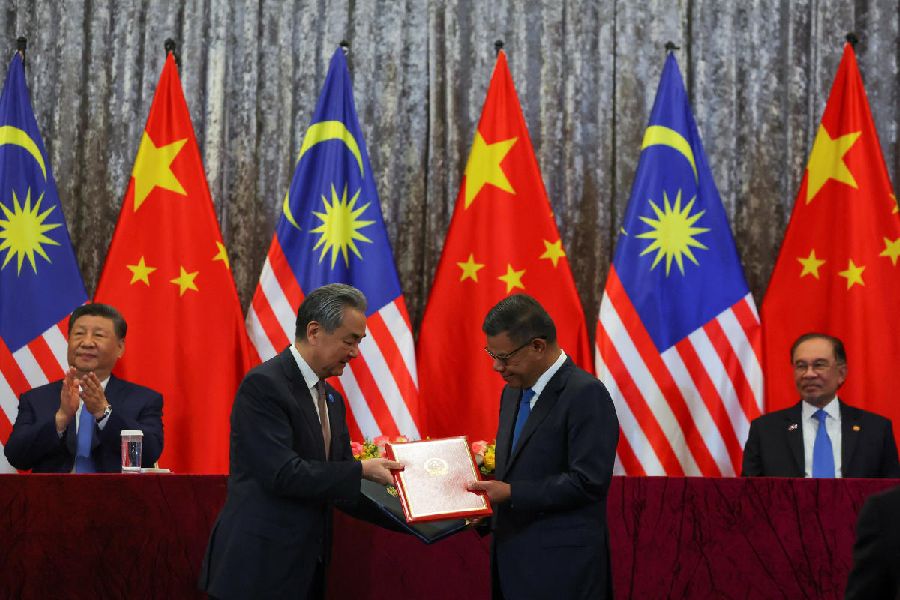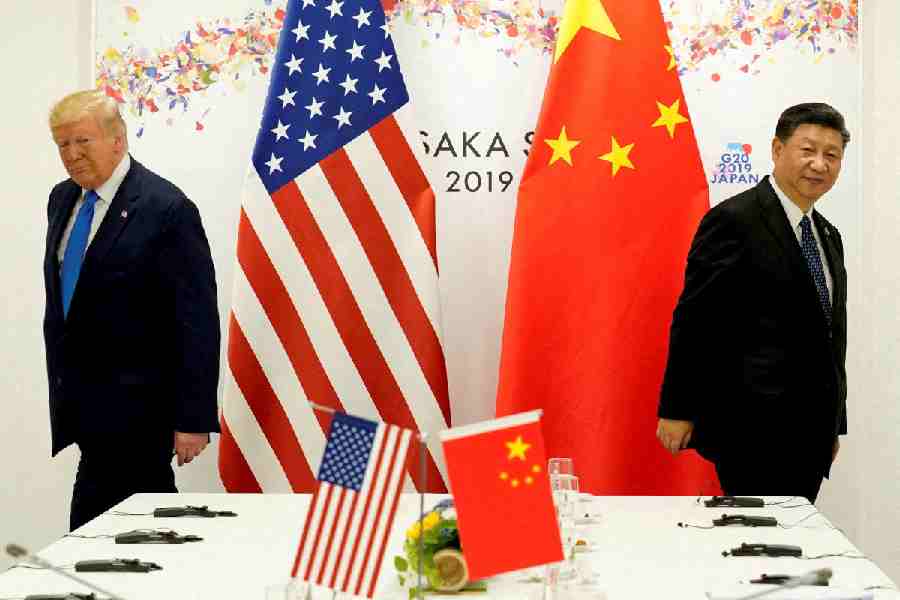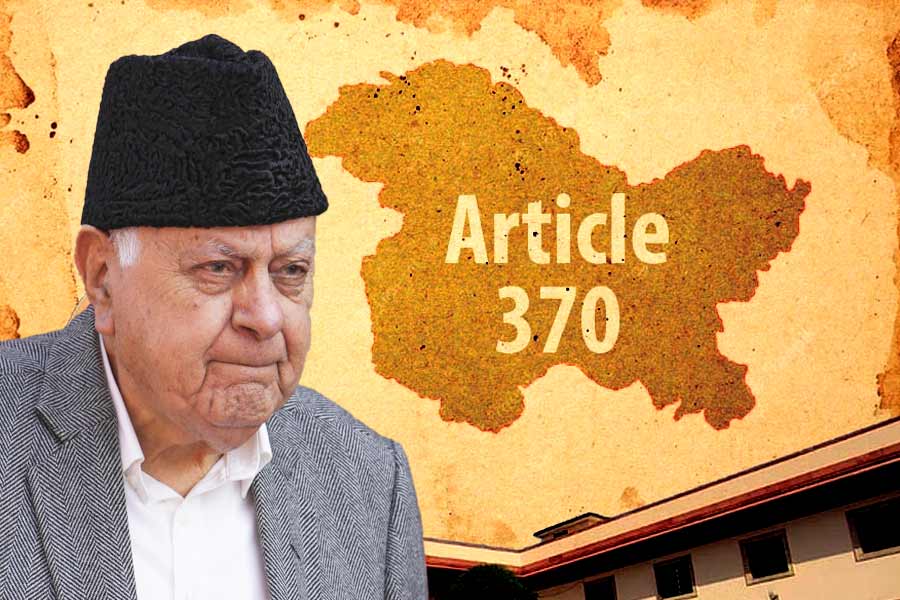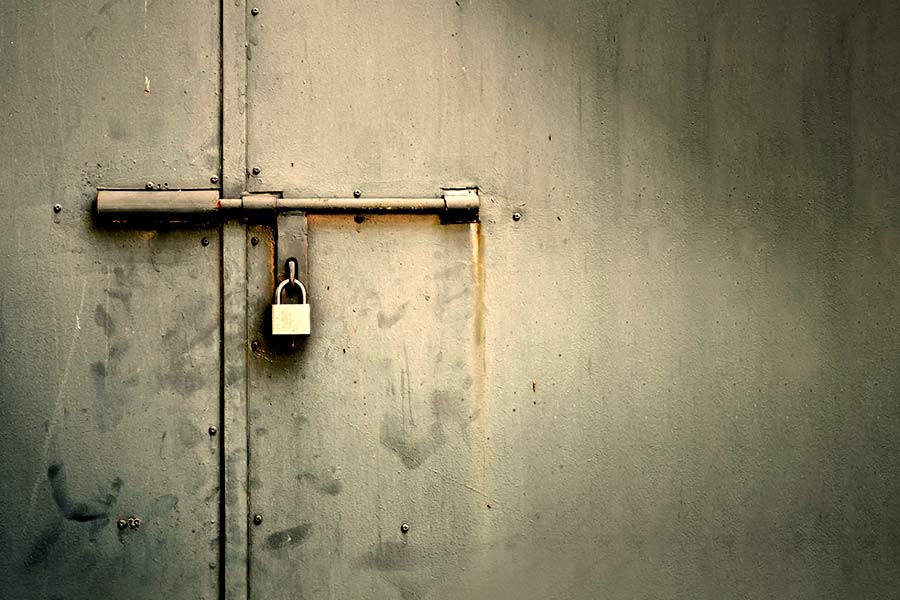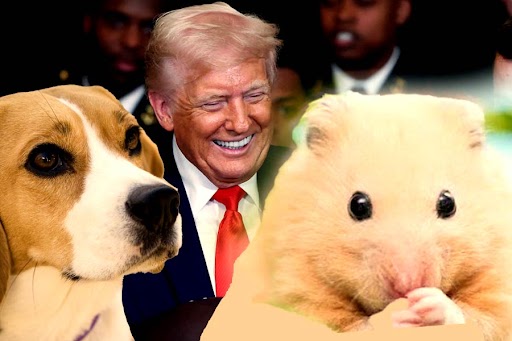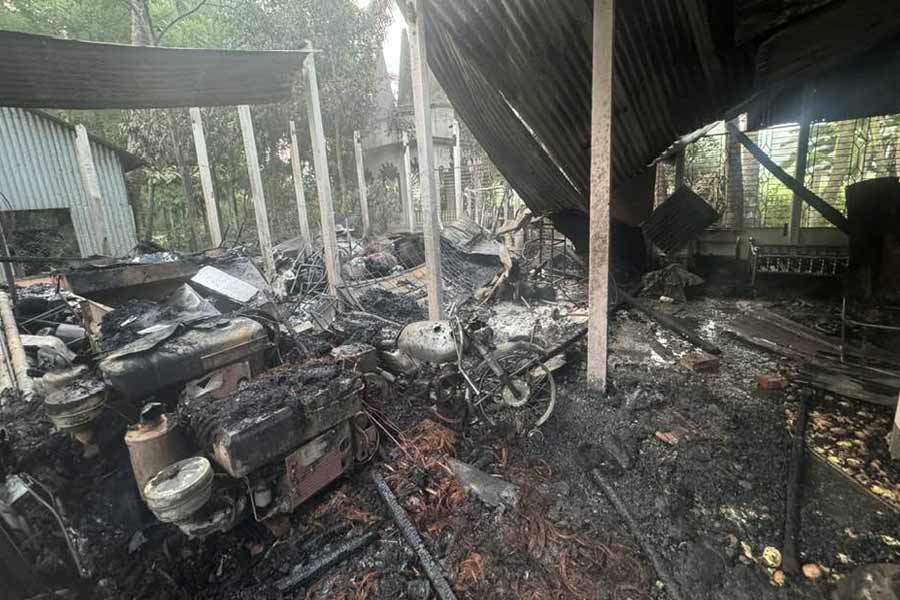 |
For those of us who observe baro maashe tero parbon, March is special because of Holi or Dol. I am not a fan of the festival of colour. Dry powders give me allergies and I hate being fully dressed and wet. For me March has two memories from my Jadavpur days that I cherish.
The first is International Women’s Day, which we celebrate with joy from the years when we first dreamt of and then were granted the pioneering School of Women’s Studies at Jadavpur. Under its first director Professor Jashodhara Bagchi, with the enthusiastic Shibani and Sharbani duo, it quickly became a second home for many of us, a place where we bonded over discussions, arguments, readings, its single computer, the best tea in the campus and sometimes gourmet food.
The second was a one-off event in the week following March 19 or 20 in 2003. The US had just begun the war in Iraq, searching ostensibly for terrorists and even more elusive weapons of mass destruction. Most of us found the cowboy language being used by the President and TV footage of soldiers boarding planes singing “Onward Christian Soldiers” like it was the onset of a Holy Crusade very offensive.
Although we longed for a cold drink that afternoon we felt hostile about the US owned multinationals that had ‘cola’nised us and settled instead for tea at Milan’s canteen. Back in my childhood when these colas were not so readily available I remembered there was always a pitcherful of a cooling drink when we returned from school. It contained inventive combinations of a bunch of ingredients, such as thinned yoghourt, fresh fruits, lemons, tamarind, herbs, a bunch of roasted spices (known in my family as magic powder) salt, rock salt (which produced satisfactory burps) and some sugar.
In a gesture against wars we decided to make some and sell them instead of the foreign colas in small clay glasses. Generically christened “Kolahol” by my colleague Abhijit Gupta, also known as Tintin, they were prepared in the hospitable kitchen of another colleague, Nilanjana Gupta, with some effort in assembling the ingredients and elbow grease to extract their essence. Helped by a bunch of enthusiastic colleagues and students we soon had several recycled large pearlpet bottles (some from the ‘cola’nising firms!) full of the concentrates of two or three different kinds. For the next few days we added water and sold them in clay cups at Milan’s canteen at Rs 5 a shot. A new taste, colourful posters, cheery songs made it a roaring success.
Many thought we should go commercial with these drinks; indeed one day I was invited to a meeting of a group wishing to revive the indigenous cold drinks industry in West Bengal. A local manufacturer had almost gone out of business after his glass bottles had been legally bought from outlets and then smashed to smithereens. (The cold drink business worked through recycling glass bottles in those days; they did not add to plastic waste in the community.) I was quite shocked at such ruthless business practices for putting an honest competitor out of business.
The group listened patiently. The upshot? The indigenous cold drinks manufacturer would receive help with capital from someone in the group who also had bidi outlets throughout the country. Our effort was given short shrift. I was told it had worked in JU because our students either liked us or were scared of us.... It could never be a business proposition. The ingredients were complex and difficult to preserve. The ‘formula’ had to be simple and chemical. Later the chairperson of the group consoled me by saying our ingredients and efforts had been too sincere.
Some indigenous soft drinks concentrates have since come in to the market. I prefer them to the fizzy ‘insincere’ stuff, if I cannot have home-made ones. How about you?
The writer, a former professor of English at Jadavpur University, can be contacted at sajni.mukherji@gmail.com


